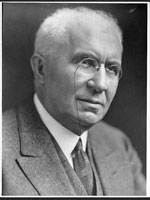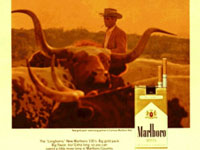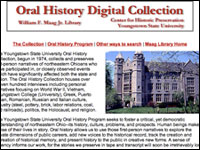U.S. Army

The U.S. Army provides forces for national defense and the protection of national resources, as well as the support of civil authorities and the logistics of other military branches, as needed.
Although the Army website appears to favor current events and media, it does provide a number of historical resources. Primary sources available include veteran oral histories, army regulations, and photographs dating from the late 19th-century through present. Historical photographs can be compared to recent images, within the Army's main media gallery.
Other resources provided include archives of Soldier magazine from 2001 through present; an artifact of the month feature; full texts and excerpts on military history, divided by time period; artworks, including posters which appear to have been created for the classroom; and a wide variety of multimedia presentations. Presentation topics include the Battle of Gettysburg; the centennial of Army aviation; D-Day; Operation Arkansas; occupied Japan; and separate features for African Americans, Native Americans, Asian and Pacific Americans, Hispanic Americans, and women in the Army.
If you wish to take your class on a field trip, the website provides a list of Army museums.




